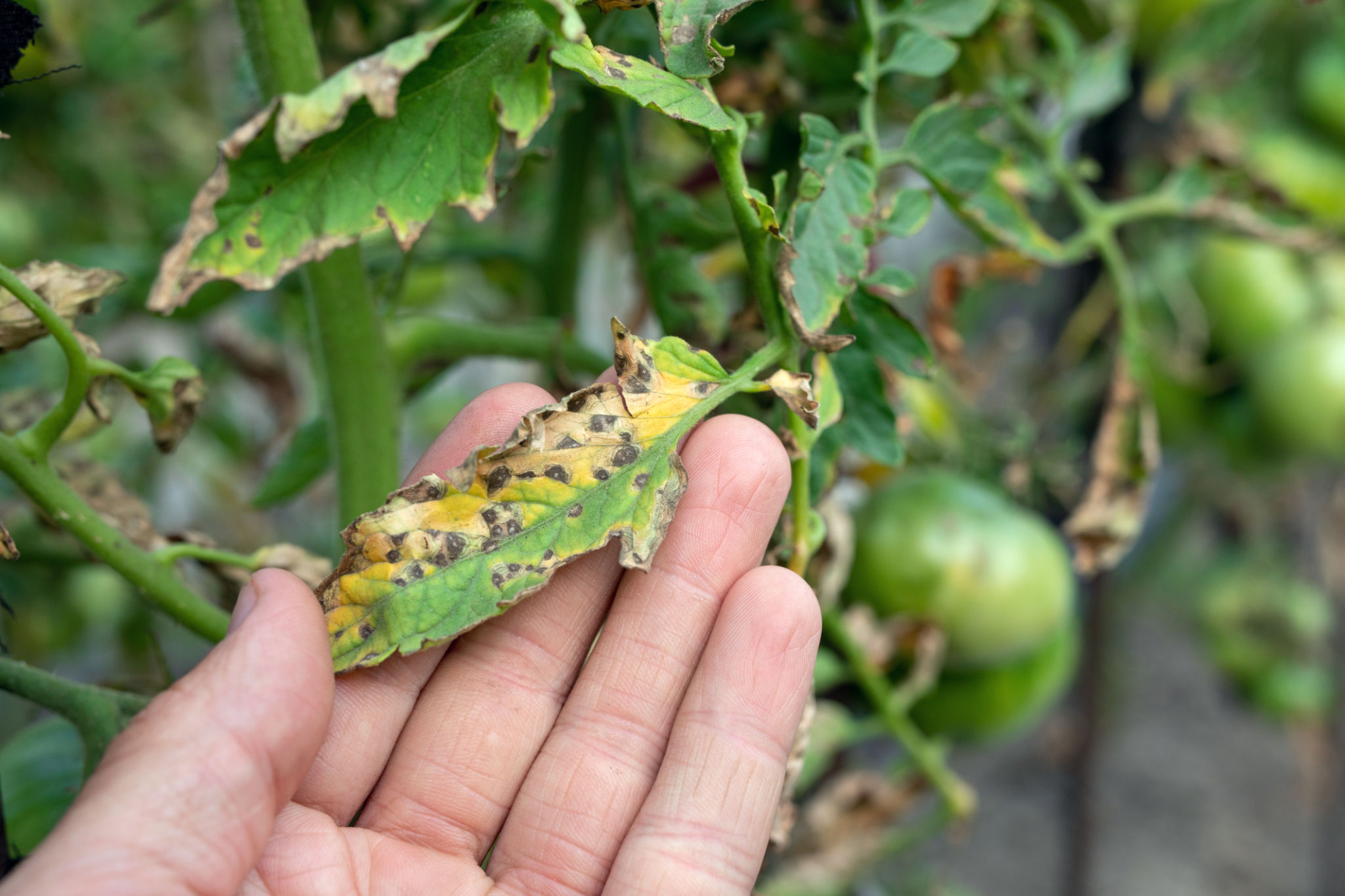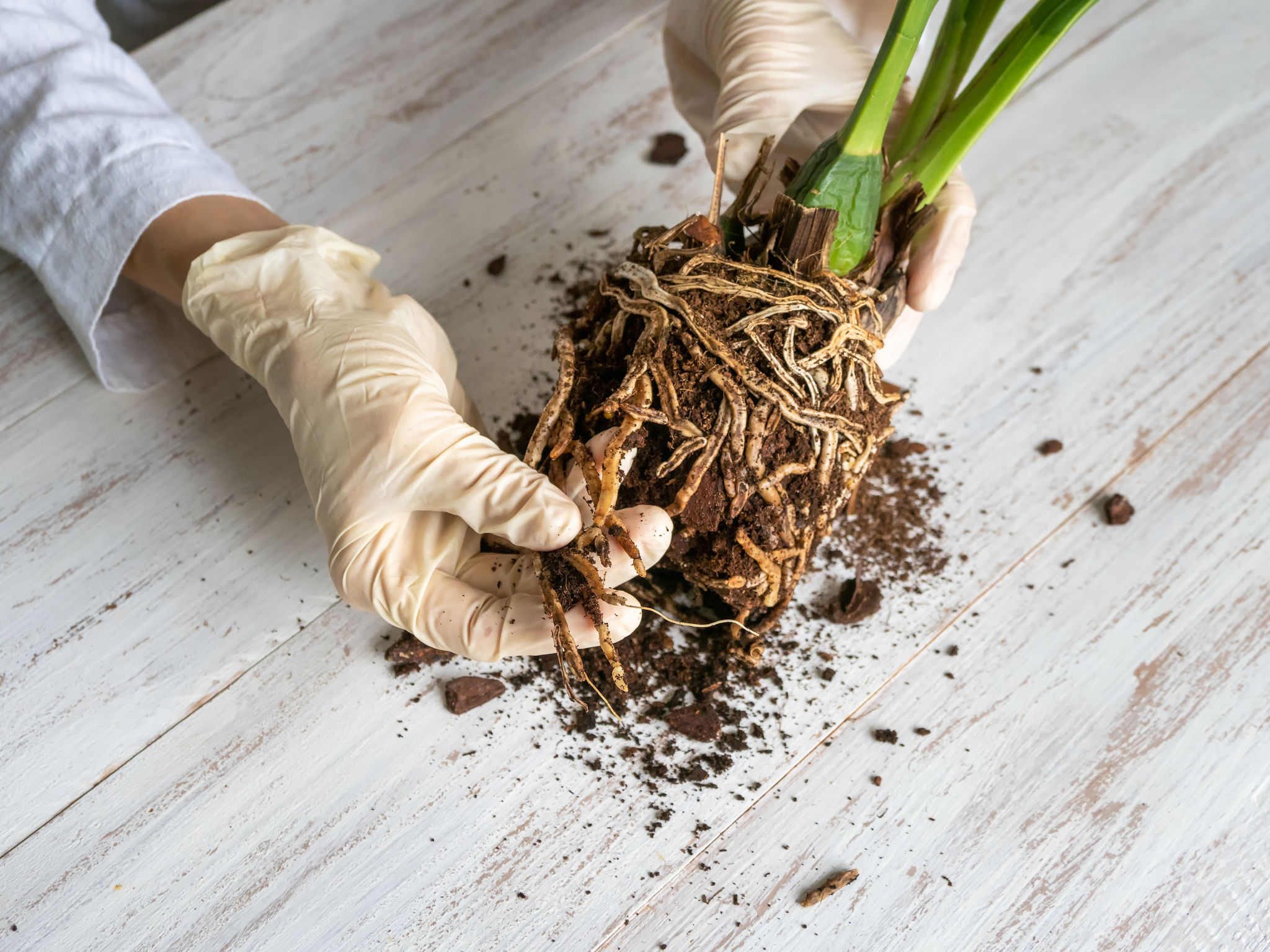Expert Advice: Common Tree Diseases in Cheshire and How to Treat Them
Understanding Common Tree Diseases
Trees are a vital part of Cheshire's landscape, providing beauty, shade, and habitat for wildlife. However, they are susceptible to a variety of diseases that can threaten their health and longevity. Recognizing and treating these diseases early can help preserve our trees for future generations. Below, we explore some common tree diseases found in Cheshire and offer expert advice on how to treat them.

Powdery Mildew
Powdery mildew is a fungal disease that affects many types of trees, including oak and maple. It appears as a white or gray powdery substance on leaves and stems. This disease thrives in warm, dry conditions and can cause leaves to yellow, curl, and eventually drop prematurely.
To treat powdery mildew, prune affected areas to improve air circulation. Applying fungicides early in the season can also help control the spread of the fungus. It's essential to remove and destroy infected leaves to prevent further contamination.
Leaf Spot Disease
Leaf spot disease is caused by various fungi and bacteria, resulting in dark spots on leaves. While it generally doesn't kill trees, it can weaken them over time by reducing photosynthesis.
To manage leaf spot disease, remove and dispose of affected leaves and debris around the tree base. Ensuring proper watering and fertilization can boost the tree's resilience. In severe cases, fungicidal treatments may be necessary.

Dutch Elm Disease
Dutch Elm Disease is a serious threat to elm trees, caused by a fungus spread by bark beetles. This disease blocks the tree's vascular system, leading to wilting and death of branches and eventually the entire tree.
Early detection is crucial. Remove and destroy infected branches as soon as symptoms appear. Professional arborists can inject fungicides directly into the tree's vascular system to combat the disease effectively.
Root Rot
Root rot is a condition caused by various fungi that thrive in overly wet soils. It affects the roots' ability to absorb water and nutrients, leading to wilting, stunted growth, and leaf discoloration.
To prevent root rot, ensure proper drainage around trees and avoid overwatering. If root rot is detected, improve soil conditions and apply fungicides as needed. In severe cases, it may be necessary to replace the affected soil.

Preventive Measures
While treatment is essential, prevention is even better. Regularly inspect your trees for signs of disease and maintain them with proper pruning, watering, and fertilization practices. Mulching can also help retain soil moisture and reduce temperature fluctuations.
Engaging with professional arborists for routine check-ups can provide invaluable insights into maintaining tree health. They can offer tailored advice specific to your region's climate and tree species.
Conclusion
Trees are invaluable assets to our environment and communities. By understanding common diseases and how to treat them, we can ensure the health and longevity of Cheshire's beautiful trees. Regular monitoring and timely intervention are key strategies in combating tree diseases effectively.
For more information or professional assistance with tree care in Cheshire, consider reaching out to local arboriculture experts who can provide comprehensive support tailored to your needs.
